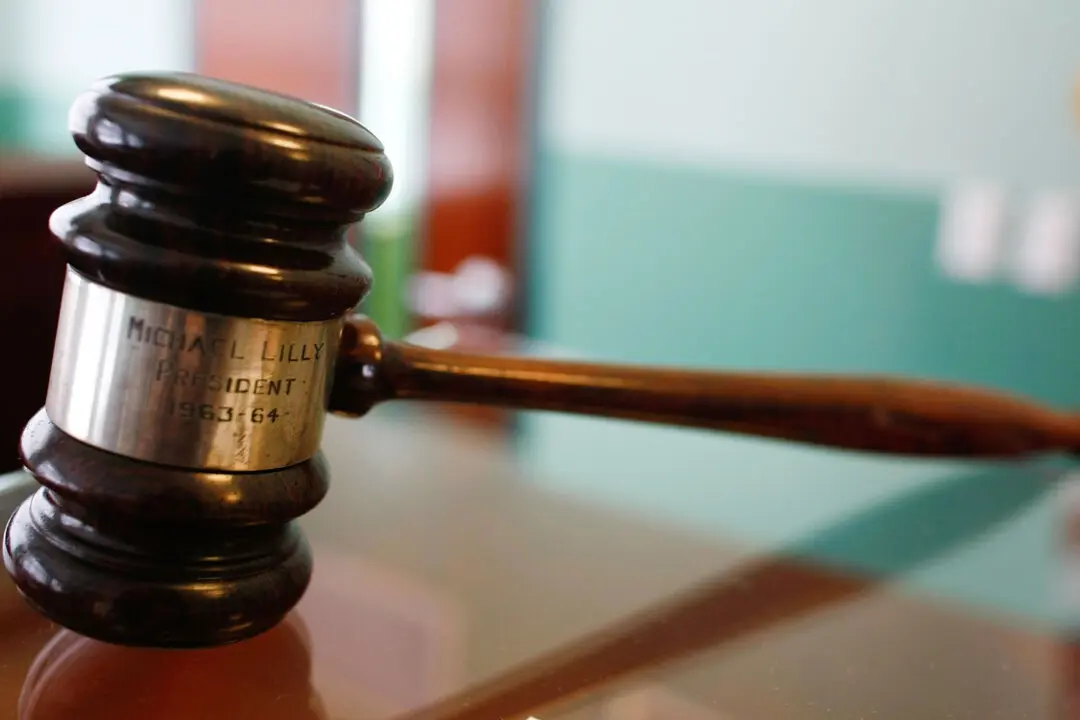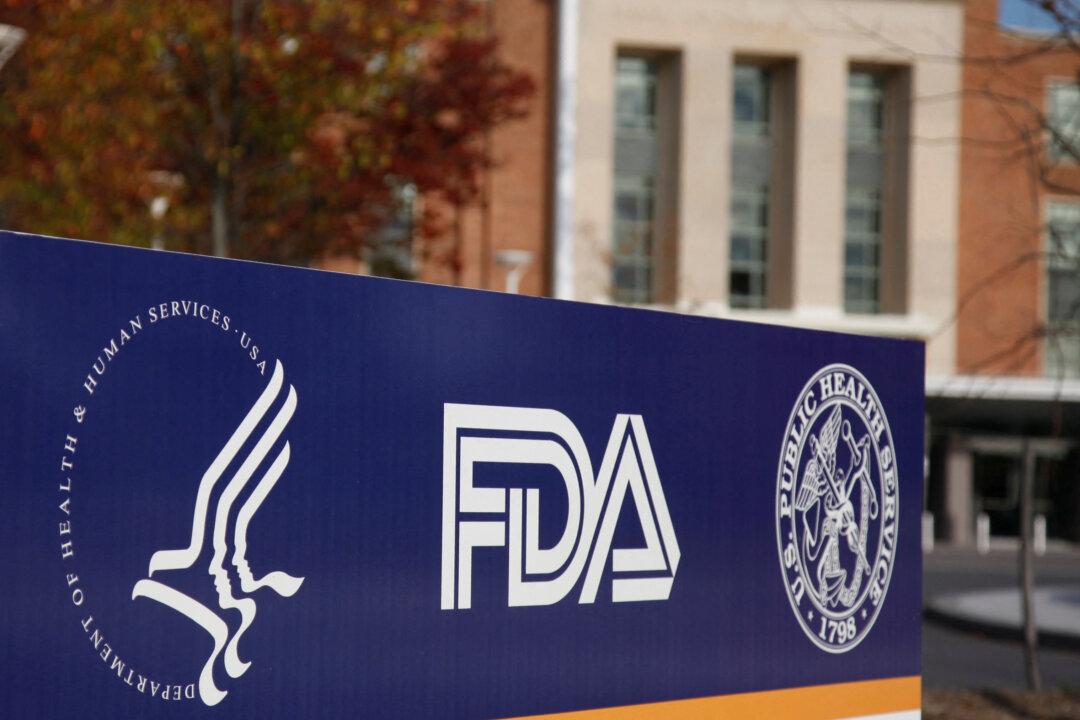The U.S. Department of Education on Tuesday announced the enrollment of over 4 million federal student loan borrowers in the Biden administration’s new repayment program.
As the pause on federal student loan repayment is set to end in October, and with the Supreme Court overturning the White House’s one-time debt relief program, the Department of Education introduced the Saving on A Valuable Education (SAVE) income-driven repayment (IDR) plan in June. This plan offers some borrowers the possibility of having zero monthly payments.





